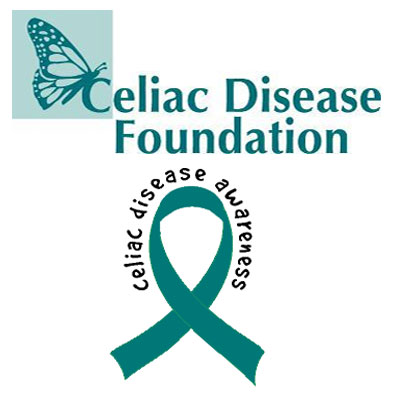The Herb Garden: From Soil to Plate
Start your herb garden today and watch the magic unfold.
There’s something truly special about growing your own
herbs. It’s more than just having fresh basil for your pasta or mint for your
tea—an herb garden is an invitation to slow down, savor, and connect with your
food in a hands-on, meaningful way.
Whether you have a spacious backyard or just a sunny
windowsill, starting an herb garden is easy, rewarding, and surprisingly
transformative.
Why Grow Your Own Herbs?
Freshness: Nothing beats the vibrant flavor of herbs
picked just minutes before using them.
Cost-Effective: A small investment in seeds or starter
plants saves money in the long run compared to buying bundles at the store.
Sustainability: Growing your own reduces packaging waste
and the carbon footprint tied to shipping fresh herbs to supermarkets.
Connection to Nature: Tending to plants encourages
mindfulness, patience, and a deeper appreciation for the food you eat.
Getting Started: The Basics
Choose Your Herbs Wisely:
Start with easy growers like basil, parsley, mint,
oregano, rosemary, and thyme. They’re hardy, versatile, and perfect for
beginners.
Pick the Right Spot:
Herbs love sunshine. Aim for a place that gets at least 6
hours of sunlight per day—whether it’s a garden bed, patio container, or
kitchen windowsill.
Soil and Water:
Well-draining soil is key. Herbs don’t like soggy roots.
Water consistently but don’t overdo it; most herbs prefer to dry out slightly
between waterings.
Harvesting Tips:
Regular harvesting encourages plants to grow fuller.
Pinch off the tops of herbs like basil to prevent them from flowering too soon.
From Soil to Plate: The Delicious Payoff
- Fresh herbs can elevate every meal:
- Toss chopped parsley and mint into grain salads for a
fresh, green flavor.
- Add a sprig of rosemary to roasted vegetables or chicken.
- Blend cilantro into homemade salsas or pestos.
- Garnish desserts and cocktails with bright, aromatic mint
leaves.
- Flavor simple dishes like eggs, rice, and pasta with a
handful of just-picked basil or chives.
Plant Today, Savor Tomorrow
There’s magic in watching something you planted with your
own hands flourish into something you can taste, smell, and enjoy. Start your
herb garden today—small or large—and you’ll see how easily a little bit of
green can turn into a whole lot of joy.
Happy planting!








































